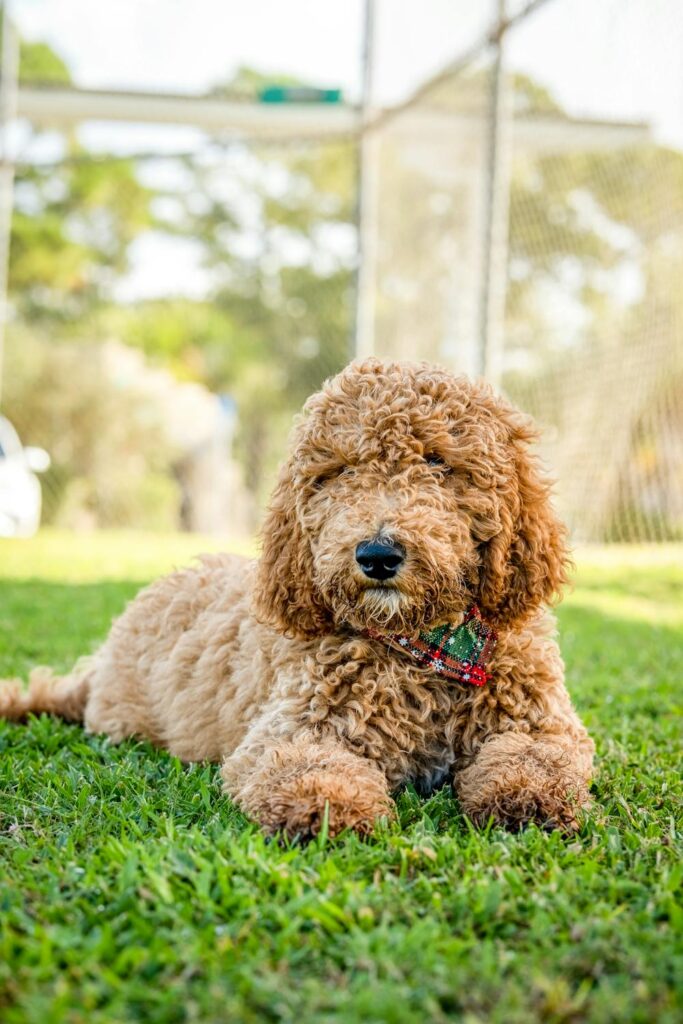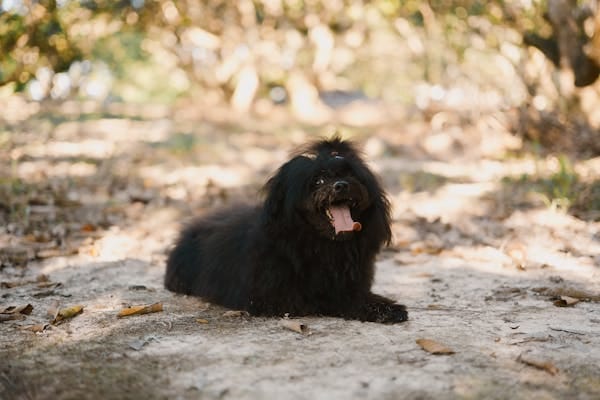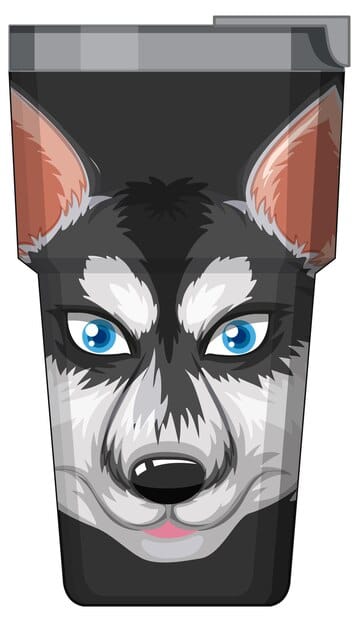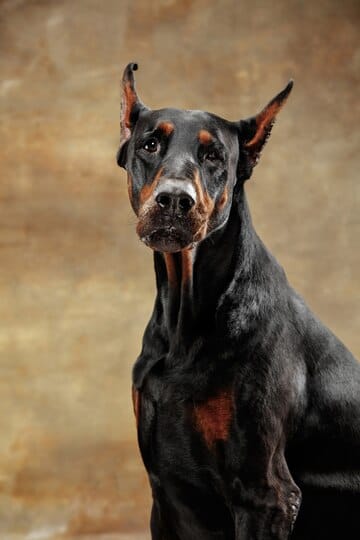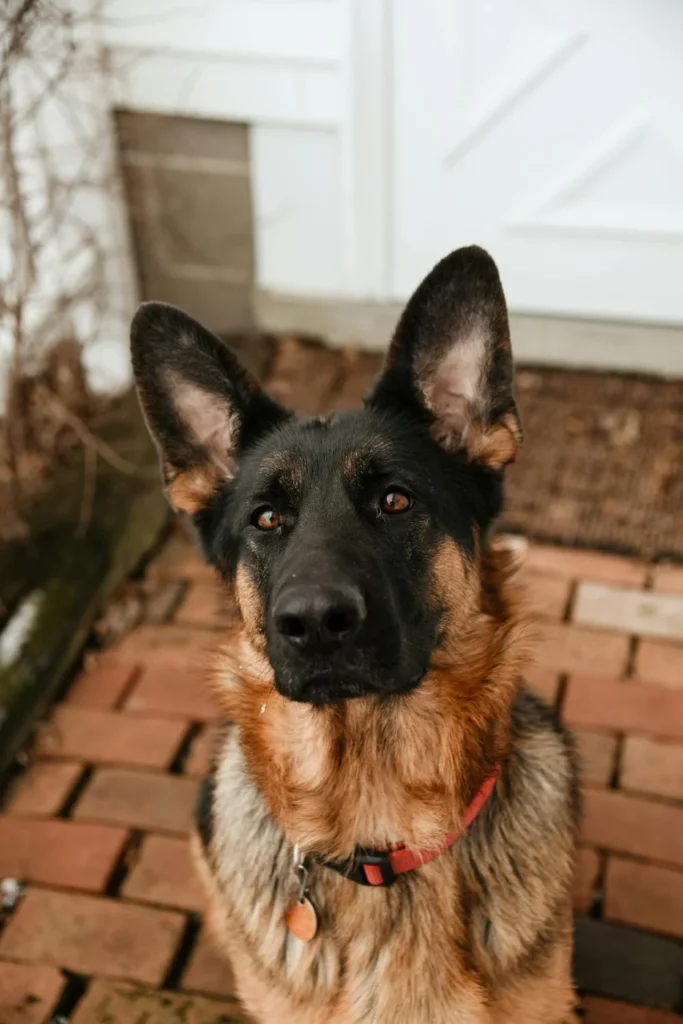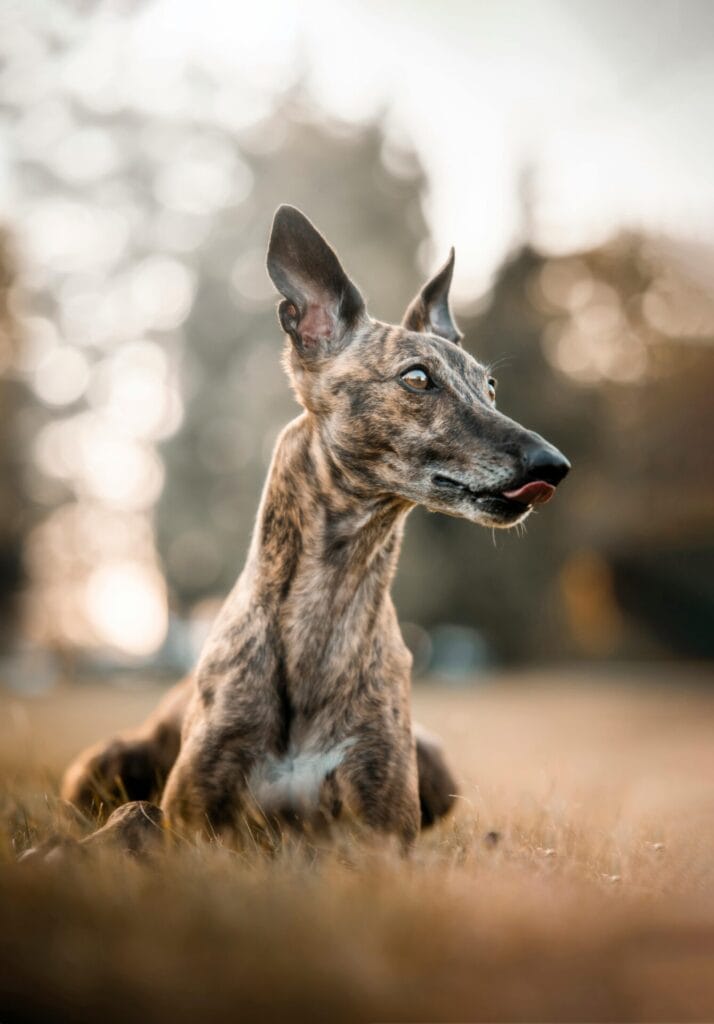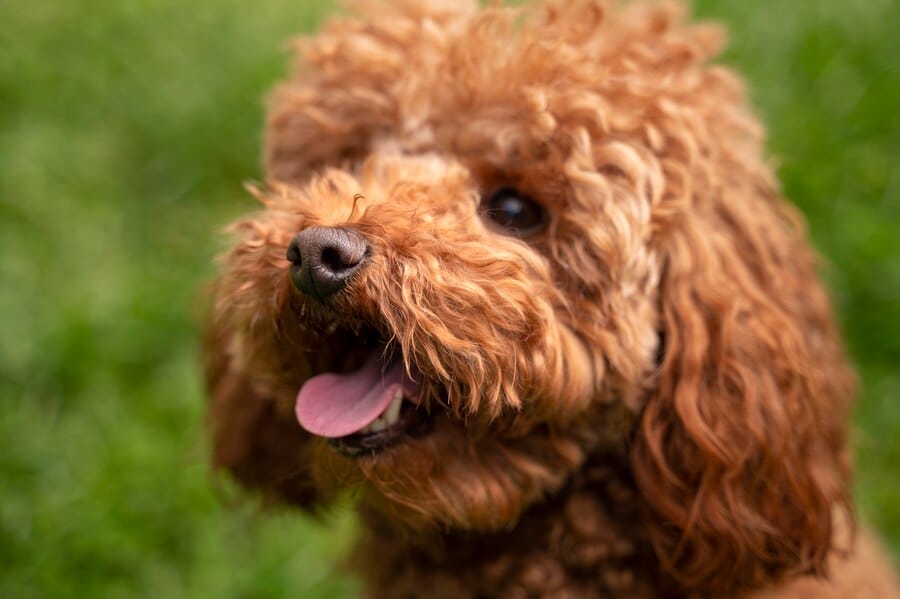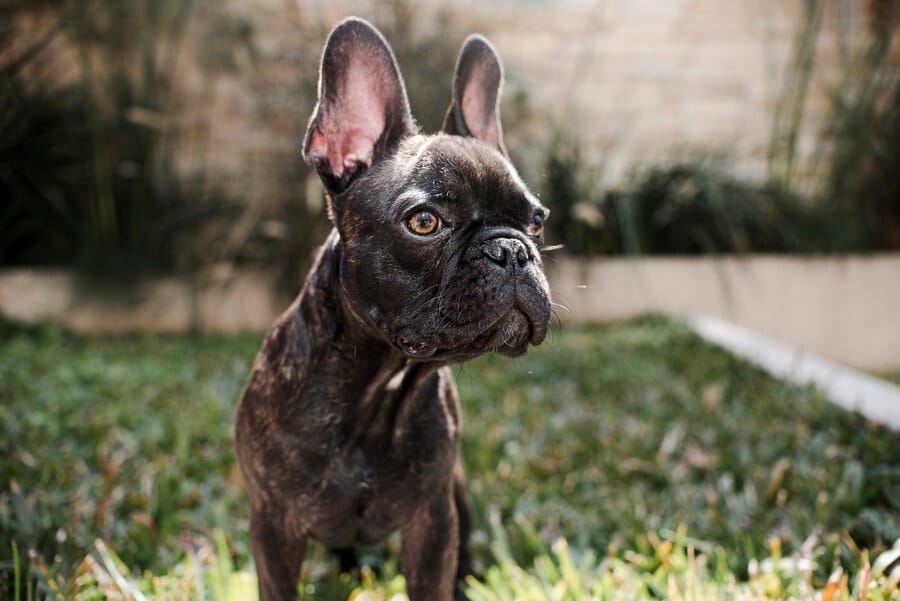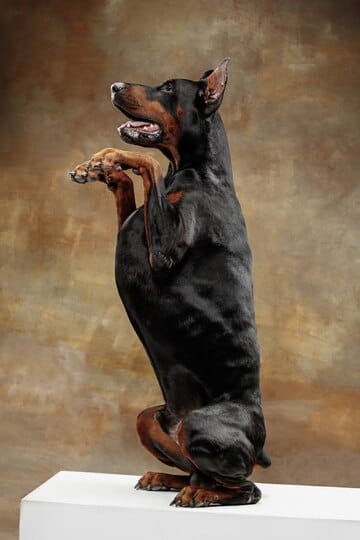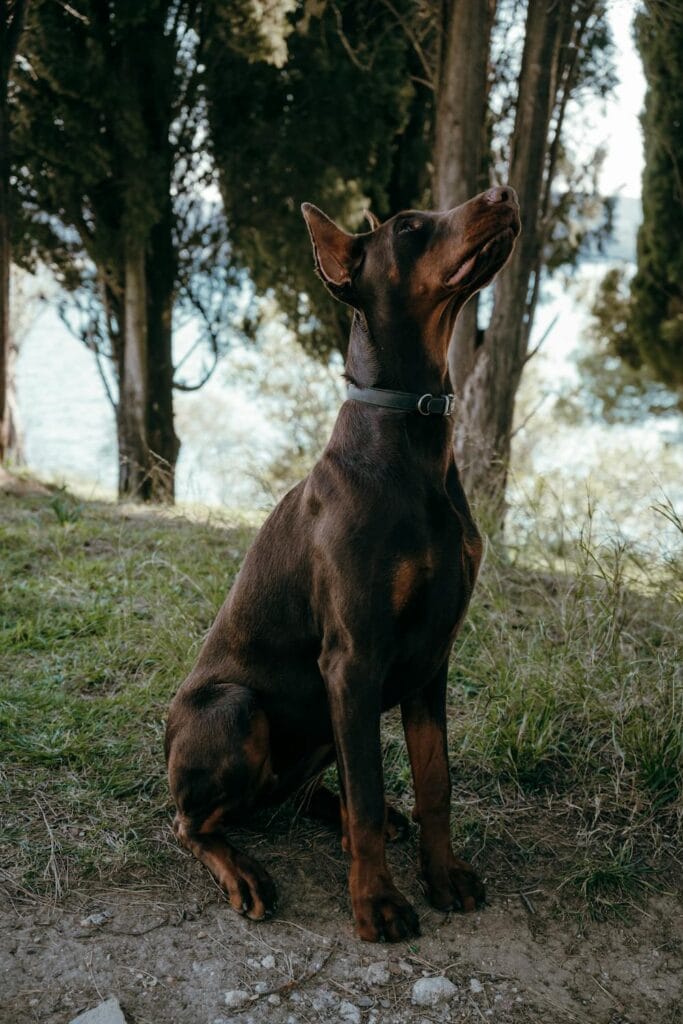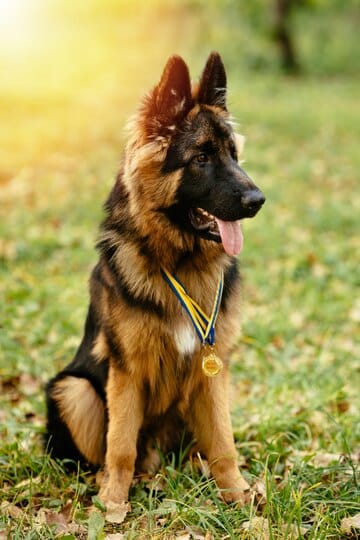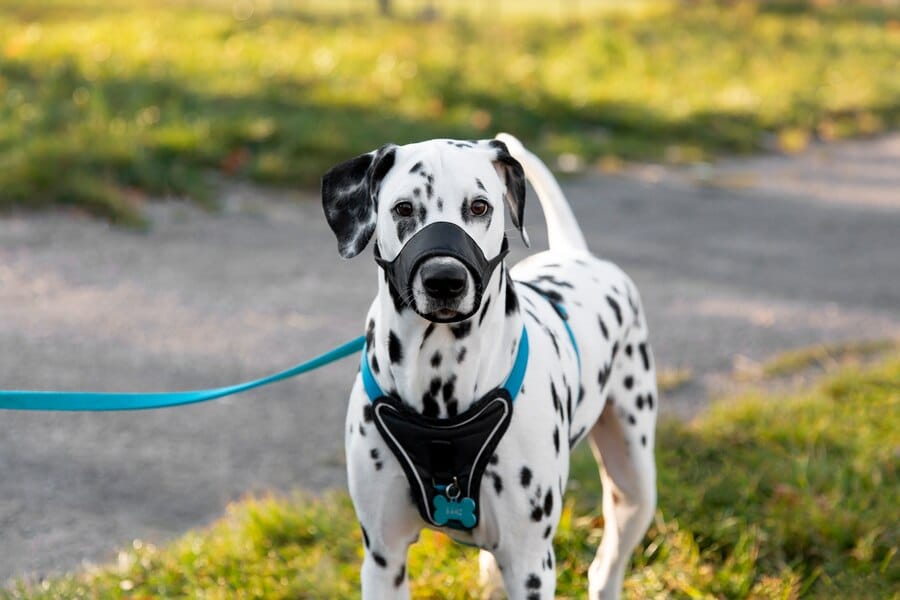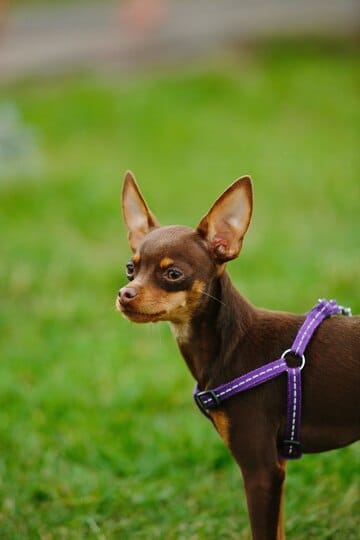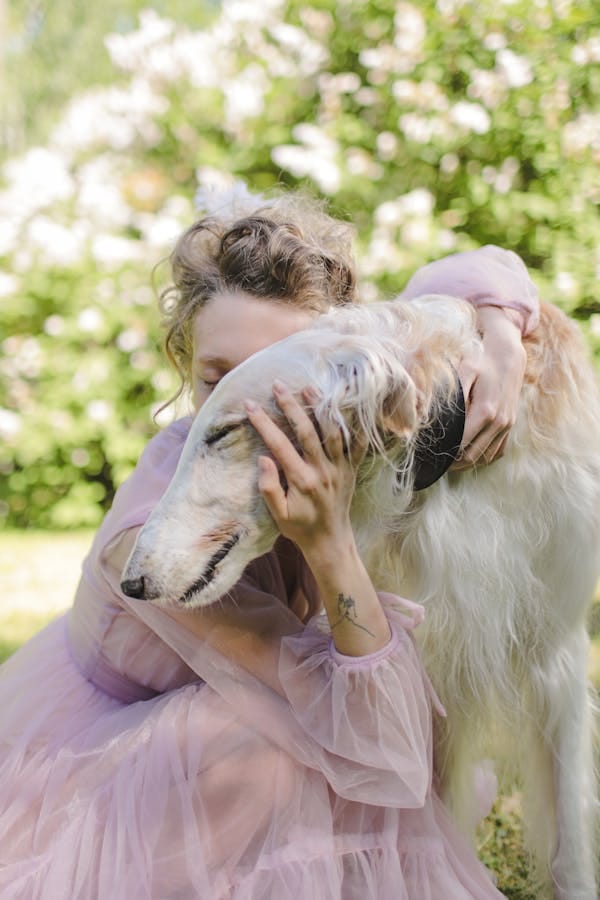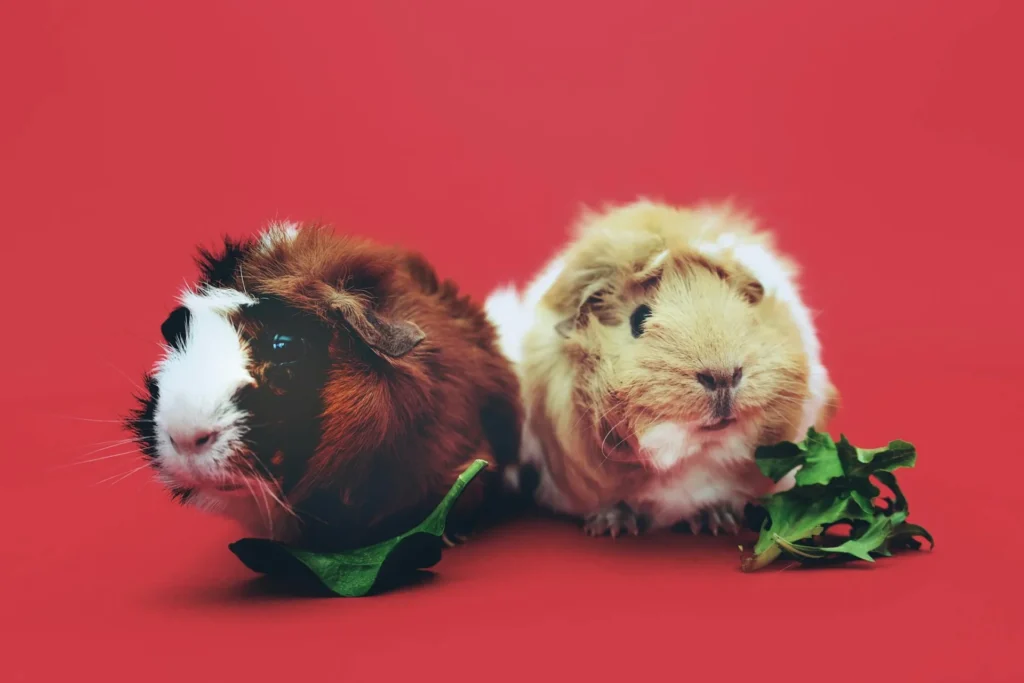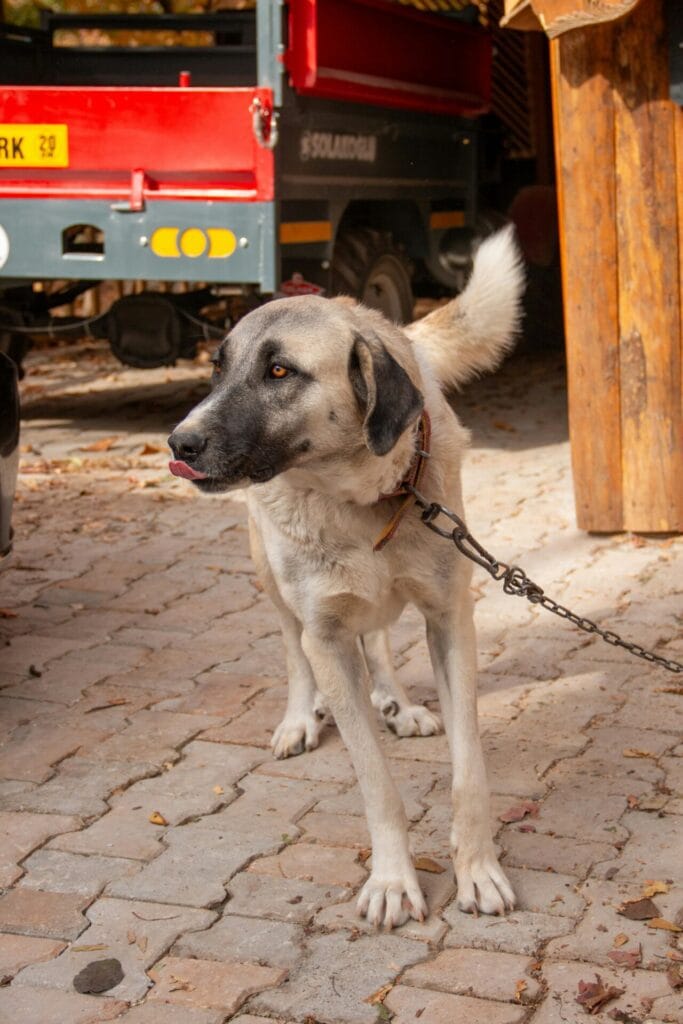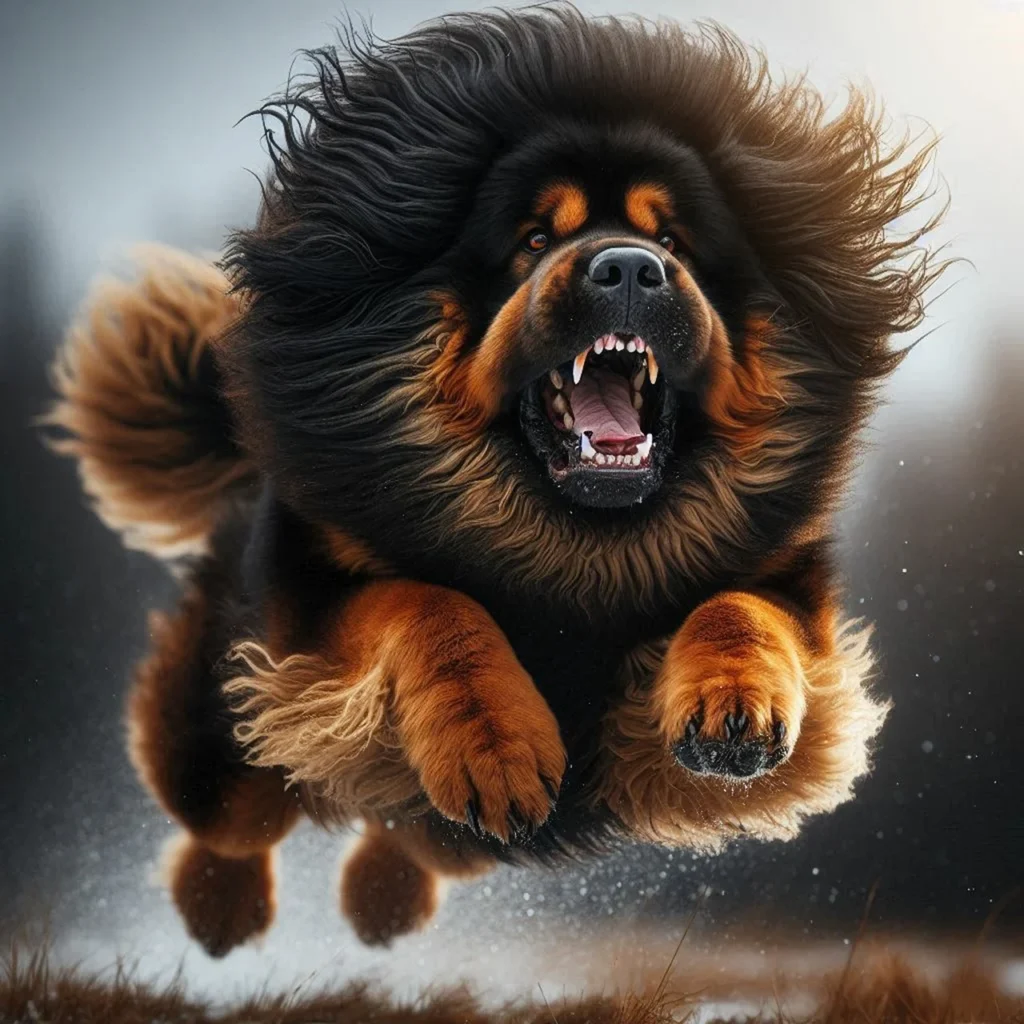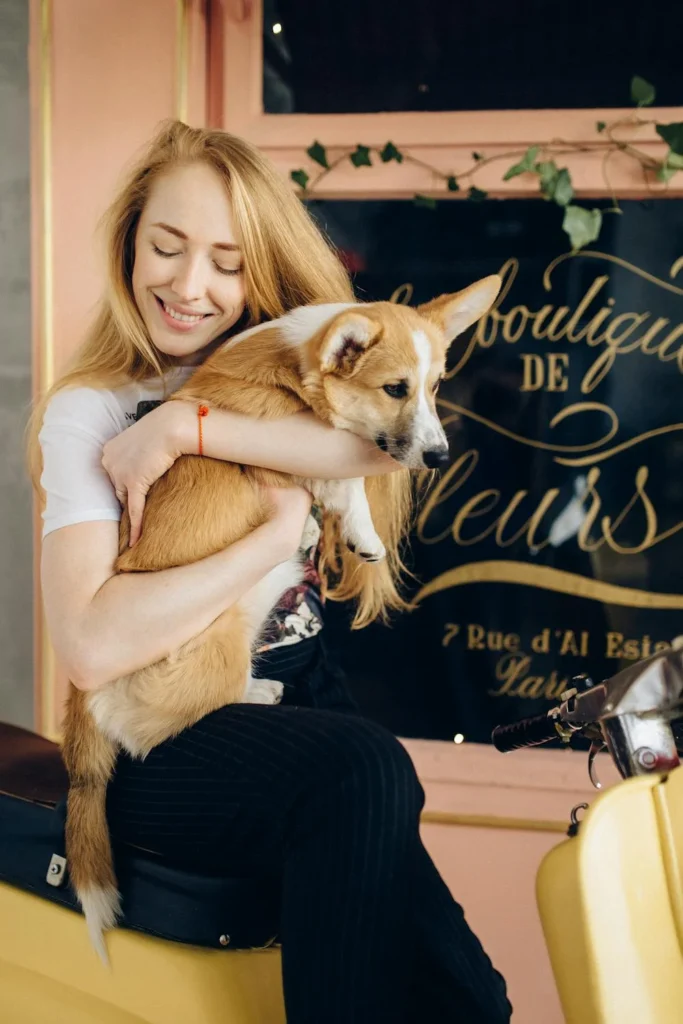- What Are Doodle Dogs? The Poodle-Powered Revolution 🐩 + 🐕 = ❤️
- The AKC: Guardians of Purebred Pedigrees 🏛️
- Are Doodles Recognized by the AKC? The Complex Reality 🚫
- Will Doodles Ever Be AKC Recognized? The Crystal Ball Question 🔮
- Doodle by Doodle: A Closer Look at AKC Status and Prospects 🧐
- Beyond the AKC: Where Are Doodles Recognized? 🌍
- Doodle Comparison: A Comprehensive Breed Breakdown 🏆
- Labradoodle: The Original Doodle 🐾
- Goldendoodle: The Golden Child 🌟
- Cockapoo: The Pioneer Doodle 🐶
- Bernedoodle: The Gentle Giant 🐻
- Aussiedoodle: The Energetic Achiever 🏃♂️
- Schnoodle: The Spunky Charmer 😊
- Sheepadoodle: The Fluffy Teddy Bear 🧸
- Yorkipoo: The Tiny Charmer 🐕
- The Future of Doodles: Crystal Ball Time 🔮
- Doodle Dilemmas: Common Questions Answered 🤓
- Wrapping Up: The Doodle Dilemma Decoded 🎁
Doodle Dogs: The Captivating Crossbreeds Challenging Traditional Recognition 🐶🏆
Welcome to the wonderful world of Doodles! These charming, fluffy crossbreeds have taken the dog world by storm, captivating hearts with their adorable looks and winning personalities. But as their popularity soars, a burning question remains: Will Doodles ever gain recognition from the prestigious American Kennel Club (AKC)? Let’s embark on a comprehensive journey through the Doodle universe, exploring everything from their origins to their future prospects. Buckle up, dog lovers – we’re in for a tail-wagging adventure! 🐾🚀
What Are Doodle Dogs? The Poodle-Powered Revolution 🐩 + 🐕 = ❤️
Doodle dogs are the result of a brilliant idea: combining the intelligence and hypoallergenic coat of a Poodle with the desirable traits of other purebred dogs. This crossbreeding phenomenon began in the 1980s and has since exploded in popularity, creating a diverse array of lovable mixed breeds.
The Poodle Factor: Why Poodles?
Poodles bring several key attributes to the Doodle mix:
- Intelligence: Consistently ranked among the smartest dog breeds
- Hypoallergenic coat: Low-shedding, great for allergy sufferers
- Versatility: Come in three sizes (Standard, Miniature, Toy)
- Adaptability: Excellent family dogs with a range of energy levels
Popular Doodle Breeds: A Fluffy Lineup
Let’s meet some of the stars of the Doodle world:
- Labradoodle (Labrador Retriever + Poodle)
- Origin: Australia, 1980s
- Purpose: Guide dog for allergy sufferers
- Temperament: Friendly, energetic, intelligent
- Goldendoodle (Golden Retriever + Poodle)
- Origin: North America, 1990s
- Purpose: Companion dog, therapy work
- Temperament: Affectionate, gentle, social
- Cockapoo (Cocker Spaniel + Poodle)
- Origin: United States, 1960s
- Purpose: Companion dog
- Temperament: Happy, loving, playful
- Bernedoodle (Bernese Mountain Dog + Poodle)
- Origin: Canada, early 2000s
- Purpose: Large family companion
- Temperament: Loyal, gentle, playful
- Aussiedoodle (Australian Shepherd + Poodle)
- Origin: United States, late 1990s
- Purpose: Active companion, potential working dog
- Temperament: Intelligent, energetic, devoted
- Schnoodle (Schnauzer + Poodle)
- Origin: United States, 1980s
- Purpose: Companion dog
- Temperament: Affectionate, smart, playful
- Sheepadoodle (Old English Sheepdog + Poodle)
- Origin: United States, early 2000s
- Purpose: Family companion
- Temperament: Gentle, intelligent, sociable
- Yorkipoo (Yorkshire Terrier + Poodle)
- Origin: United States, late 1990s
- Purpose: Small companion dog
- Temperament: Affectionate, energetic, confident
Each of these Doodle breeds brings a unique blend of characteristics, making them suitable for various lifestyles and preferences. But their mixed heritage also presents challenges when it comes to official recognition. Let’s explore why.
The AKC: Guardians of Purebred Pedigrees 🏛️
To understand the Doodle recognition debate, we need to dive into the world of the American Kennel Club (AKC). Founded in 1884, the AKC is the most prestigious dog registry in the United States, setting the gold standard for purebred dogs.
What Does the AKC Do?
The AKC’s primary functions include:
- Maintaining breed registries: Keeping detailed records of purebred dogs
- Setting breed standards: Defining ideal characteristics for each recognized breed
- Organizing dog events: Hosting competitions, shows, and performance events
- Promoting responsible dog ownership: Educating the public on dog care and breeding
- Supporting canine health research: Funding studies to improve dog health and well-being
AKC Recognition: What Does It Mean?
When a breed is recognized by the AKC, it gains several benefits:
- Official breed standard: A detailed description of the ideal specimen of the breed
- Eligibility for AKC events: Participation in prestigious dog shows and competitions
- Increased visibility: More public awareness and potentially increased demand
- Breeding oversight: Encouragement of responsible breeding practices
- Historical documentation: Official recording of the breed’s lineage and development
The Path to AKC Recognition
Gaining AKC recognition is a long and rigorous process. Here’s a simplified overview:
- Foundation Stock Service (FSS): Breeds start here, with pedigrees and basic info recorded
- Miscellaneous Class: Breeds can compete in some events, building popularity and numbers
- Full Recognition: Breeds meet all criteria and join the AKC’s roster of recognized breeds
This process typically takes years, sometimes decades, and requires dedicated effort from breed enthusiasts and a national breed club.
Are Doodles Recognized by the AKC? The Complex Reality 🚫
Now, for the million-dollar question: Are Doodles recognized by the AKC? The short answer is no, not a single Doodle breed is currently recognized by the AKC. But the full story is much more nuanced and fascinating.
Why Aren’t Doodles AKC Recognized?
Several factors contribute to the AKC’s stance on Doodles:
- Crossbreed Status: The AKC primarily focuses on purebred dogs with predictable traits. Doodles, being intentional crosses, can have varied appearances and temperaments.
- Lack of Breed Standards: There’s no unified standard for what an ideal Labradoodle, Goldendoodle, or any other Doodle should look like or how it should behave.
- Generational Inconsistency: Doodles come in various generations (F1, F1b, F2, etc.), each potentially displaying different characteristics.
- Recent Origin: Most Doodle breeds are relatively new, lacking the long-established history the AKC typically looks for in recognized breeds.
- Intentional Hybrids: The AKC views Doodles as intentional hybrids rather than breeds working towards a specific, consistent goal.
- Controversy in the Dog World: Some purebred enthusiasts argue that designer dogs like Doodles undermine traditional breeding practices.
The Doodle Perspective
Doodle breeders and enthusiasts often counter these points with their own arguments:
- Health Focus: Many Doodle breeders prioritize health and temperament over conformity to a physical standard.
- Hybrid Vigor: Crossbreeding can reduce the risk of inherited genetic disorders common in some purebreds.
- Adaptability: The variation in Doodles allows for a wider range of dogs to suit different lifestyles.
- Purpose-Bred: Doodles were originally created to serve specific purposes, such as hypoallergenic guide dogs.
- Growing Popularity: The immense popularity of Doodles suggests they’re meeting a need in the dog-loving community.
Will Doodles Ever Be AKC Recognized? The Crystal Ball Question 🔮
While it’s not impossible for Doodles to gain AKC recognition in the future, it’s a challenging and uncertain path. Here’s why:
The Challenge of Breed Standardization
To become AKC recognized, Doodle breeders would need to:
- Agree on a Breed Standard: This means deciding on ideal size, coat type, color, and temperament for each Doodle breed.
- Breed for Consistency: Producing dogs that reliably meet the agreed-upon standard over many generations.
- Form National Breed Clubs: Establishing organizations dedicated to promoting and preserving each Doodle breed.
- Prove the Breed’s Viability: Demonstrating a significant population of dogs meeting the standard across multiple generations.
- Navigate AKC Politics: Gaining support within the AKC community and addressing concerns from purebred enthusiasts.
This process typically takes decades, if not centuries, for traditional breeds. For Doodles, it’s further complicated by the desire of many breeders to maintain the hybrid vigor of first-generation crosses.
The Doodle Dilemma: To Standardize or Not?
Here’s where it gets tricky:
- Variety vs. Conformity: Many Doodle lovers appreciate the variety and uniqueness of these dogs. Standardizing might mean losing some of that diversity.
- Health vs. Appearance: Some Doodle breeders prioritize health and temperament over consistent appearance, which goes against traditional breeding standards.
- Hybrid Vigor vs. Predictability: Maintaining the benefits of crossbreeding while achieving the consistency required for breed recognition is a challenging balance.
- Multiple Doodle Types: With so many Doodle varieties, which ones should pursue recognition? And how would this affect the others?
Future Prospects: A Mixed Bag
While AKC recognition isn’t on the immediate horizon for Doodles, their future looks bright in other ways:
- Growing Popularity: Doodles continue to win hearts worldwide, with demand showing no signs of slowing.
- Health-Focused Breeding: Many Doodle breeders are prioritizing genetic health testing and responsible breeding practices.
- Specialized Events: More Doodle-specific competitions, shows, and activities are emerging.
- Improved Breeding Practices: Efforts to standardize and improve Doodle breeds are ongoing, even if not aimed at AKC recognition.
- Alternative Recognition: Other registries and organizations are embracing Doodles, providing different avenues for recognition and competition.
Doodle by Doodle: A Closer Look at AKC Status and Prospects 🧐
Let’s break down the situation for some popular Doodle breeds:
Labradoodle
- Current AKC Status: Not recognized
- Reason: Intentional hybrid, lack of breed standard
- Future Prospects: Low to moderate
- Pros: Long history, established purpose
- Cons: Wide variety in appearance, focus on health over conformity
- Notable Organizations: Australian Labradoodle Association, International Labradoodle Association
Goldendoodle
- Current AKC Status: Not recognized
- Reason: Recent origin, inconsistent traits
- Future Prospects: Moderate
- Pros: Growing popularity, efforts towards standardization
- Cons: Variation in size and appearance
- Notable Organizations: Goldendoodle Association of North America (GANA)
Cockapoo
- Current AKC Status: Not recognized
- Reason: One of the oldest Doodle breeds, but still lacks consistency
- Future Prospects: Low to moderate
- Pros: Long history, established as a companion breed
- Cons: Wide variety in size and appearance
- Notable Organizations: Cockapoo Club of America
Bernedoodle
- Current AKC Status: Not recognized
- Reason: Recent creation, wide variety in size and appearance
- Future Prospects: Low
- Pros: Growing popularity, distinctive appearance
- Cons: Significant variations, health concerns from Bernese Mountain Dog lineage
- Notable Organizations: Bernedoodle Association of America
Aussiedoodle
- Current AKC Status: Not recognized
- Reason: Relatively new mix, inconsistent traits
- Future Prospects: Low
- Pros: High intelligence, growing popularity
- Cons: Wide range of sizes and energy levels
- Notable Organizations: Aussiedoodle and Australian Labradoodle Association
Schnoodle
- Current AKC Status: Not recognized
- Reason: Variation in size and appearance
- Future Prospects: Low
- Pros: Established history, popular as companion dogs
- Cons: Significant differences between size varieties
- Notable Organizations: Schnoodle Club of America
Sheepadoodle
- Current AKC Status: Not recognized
- Reason: Recent creation, inconsistent traits
- Future Prospects: Low
- Pros: Distinctive appearance, growing popularity
- Cons: Limited gene pool, significant size variations
- Notable Organizations: None specific, but included in some multi-Doodle organizations
Yorkipoo
- Current AKC Status: Not recognized
- Reason: Small gene pool, inconsistent size and appearance
- Future Prospects: Low
- Pros: Popular as small companion dogs
- Cons: Wide variation in traits, health concerns from small size
- Notable Organizations: None specific, but included in some designer dog registries
Beyond the AKC: Where Are Doodles Recognized? 🌍
Just because the AKC hasn’t embraced Doodles doesn’t mean they’re left out in the cold. Several organizations and registries worldwide acknowledge and celebrate these designer dogs.
United States
- Designer Breed Registry (DBR)
- Recognizes over 500 designer breeds, including many Doodle varieties
- Provides pedigree services and breed information
- American Canine Hybrid Club (ACHC)
- Specializes in registering and promoting designer dogs
- Offers pedigree tracking and certificates for Doodles
- Continental Kennel Club (CKC)
- Registers both purebred and hybrid dogs
- Provides services for Doodle breeders and owners
- Dog Registry of America (DRA)
- Accepts registrations for designer breeds, including Doodles
- Offers pedigree and DNA services
International Recognition
- Australia
- Australian Labradoodle Association (ALA)
- Promotes responsible breeding and provides registration services
- United Kingdom
- Kennel Club’s Activity Register (not full breed recognition)
- Allows Doodles to participate in certain competitions and activities
- Canada
- Canadian Kennel Club’s Canine Companions program
- Permits Doodles to participate in performance events
- International Designer Canine Registry (IDCR)
- Global registry for designer breeds
- Provides pedigree services and breed information for Doodles
Doodle-Specific Organizations
- Worldwide Australian Labradoodle Association (WALA)
- Focuses on Australian Labradoodles
- Sets breeding standards and provides education
- Goldendoodle Association of North America (GANA)
- Promotes responsible Goldendoodle breeding
- Offers health testing recommendations and breeder education
- International Doodle Owners Group (IDOG)
- Community for Doodle owners and enthusiasts
- Provides resources and support for Doodle families
- Doodle Trust
- UK-based charity focused on Doodle rescue and rehoming
- Offers support and education for Doodle owners
These organizations work to promote responsible breeding and ownership of Doodles, even without AKC recognition. They play a crucial role in setting standards, providing education, and fostering community among Doodle enthusiasts.
Doodle Comparison: A Comprehensive Breed Breakdown 🏆
Let’s take a closer look at how different Doodle breeds compare:
| Breed | Size | Coat Type | Energy Level | Trainability | Hypoallergenic Potential | Lifespan | Common Health Issues |
|---|---|---|---|---|---|---|---|
| Labradoodle | Medium to Large (50-65 lbs) | Wavy to Curly | High | High | Moderate to High | 12-15 years | Hip dysplasia, eye problems |
| Goldendoodle | Medium to Large (50-90 lbs) | Wavy to Curly | High | High | Moderate to High | 10-15 years | Hip dysplasia, eye problems |
| Cockapoo | Small to Medium (12-25 lbs) | Wavy to Curly | Moderate | High | High | 14-18 years |
| Breed | Size | Coat Type | Energy Level | Trainability | Hypoallergenic Potential | Lifespan | Common Health Issues |
|---|---|---|---|---|---|---|---|
| Bernedoodle | Large (70-90 lbs) | Wavy to Curly | Moderate | Moderate | Moderate to High | 12-15 years | Hip dysplasia, elbow dysplasia |
| Aussiedoodle | Medium (40-70 lbs) | Wavy to Curly | High | Very High | Moderate to High | 10-12 years | Hip dysplasia, eye problems |
| Schnoodle | Small to Medium (10-50 lbs) | Wavy to Curly | Moderate to High | High | High | 12-15 years | Eye problems, diabetes |
| Sheepadoodle | Large (60-80 lbs) | Wavy to Curly | Moderate | High | High | 12-15 years | Hip dysplasia, bloat |
| Yorkipoo | Toy (5-15 lbs) | Silky to Curly | Moderate | High | High | 12-15 years | Luxating patella, dental issues |
Remember, these are general guidelines. Individual Doodles may vary widely in terms of size, coat type, and other characteristics due to their mixed heritage.
Now, let’s dive deeper into each of these popular Doodle breeds:
Labradoodle: The Original Doodle 🐾
Origin: Australia, 1980s
Purpose: Originally bred as hypoallergenic guide dogs
Parent Breeds: Labrador Retriever and Standard Poodle
Characteristics:
- Size: Medium to Large (50-65 lbs)
- Coat: Can vary from straight to wavy to curly
- Colors: Cream, gold, red, black, chocolate, parti-color
- Temperament: Friendly, energetic, intelligent
- Exercise Needs: High – requires at least 60 minutes of daily exercise
- Grooming: Moderate to high – regular brushing and professional grooming every 6-8 weeks
Pros:
- Intelligent and easily trainable
- Friendly and good with families
- Often suitable for allergy sufferers
Cons:
- High energy level may be too much for some owners
- Can be prone to separation anxiety
- Coat requires regular maintenance
Health Considerations:
- Hip and elbow dysplasia
- Progressive Retinal Atrophy (PRA)
- Addison’s disease
Goldendoodle: The Golden Child 🌟
Origin: North America, 1990s
Purpose: Companion dog, often used in therapy work
Parent Breeds: Golden Retriever and Poodle
Characteristics:
- Size: Medium to Large (50-90 lbs)
- Coat: Wavy to curly, sometimes straight
- Colors: Cream, gold, red, black, chocolate, parti-color
- Temperament: Affectionate, gentle, social
- Exercise Needs: High – at least 60 minutes of daily exercise
- Grooming: Moderate to high – regular brushing and professional grooming every 6-8 weeks
Pros:
- Extremely friendly and good with children
- Intelligent and eager to please
- Often good for allergy sufferers
Cons:
- Can be overly exuberant, especially as puppies
- Require significant exercise and mental stimulation
- May be prone to separation anxiety
Health Considerations:
- Hip dysplasia
- Eye problems (cataracts, progressive retinal atrophy)
- Subvalvular Aortic Stenosis (SAS)
Cockapoo: The Pioneer Doodle 🐶
Origin: United States, 1960s
Purpose: Companion dog
Parent Breeds: Cocker Spaniel and Poodle
Characteristics:
- Size: Small to Medium (12-25 lbs)
- Coat: Wavy to curly
- Colors: Various, including black, white, cream, red, and parti-color
- Temperament: Happy, loving, playful
- Exercise Needs: Moderate – 30-60 minutes of daily exercise
- Grooming: Moderate to high – regular brushing and professional grooming every 6-8 weeks
Pros:
- Compact size suitable for various living situations
- Generally good with children and other pets
- Often good for allergy sufferers
Cons:
- Can be prone to barking
- May have high grooming needs
- Some may have a stubborn streak
Health Considerations:
- Luxating patella
- Eye problems (cataracts, progressive retinal atrophy)
- Ear infections
Bernedoodle: The Gentle Giant 🐻
Origin: Canada, early 2000s
Purpose: Large family companion
Parent Breeds: Bernese Mountain Dog and Poodle
Characteristics:
- Size: Large (70-90 lbs)
- Coat: Wavy to curly
- Colors: Black and white, black and brown, tri-color
- Temperament: Loyal, gentle, playful
- Exercise Needs: Moderate – 30-60 minutes of daily exercise
- Grooming: High – regular brushing and professional grooming every 6-8 weeks
Pros:
- Gentle and good with children
- Often calmer than some other Doodle breeds
- Striking appearance
Cons:
- Large size may not be suitable for all living situations
- Can be prone to stubbornness
- May have high grooming needs
Health Considerations:
- Hip and elbow dysplasia
- Von Willebrand’s disease
- Eye problems
Aussiedoodle: The Energetic Achiever 🏃♂️
Origin: United States, late 1990s
Purpose: Active companion, potential working dog
Parent Breeds: Australian Shepherd and Poodle
Characteristics:
- Size: Medium (40-70 lbs)
- Coat: Wavy to curly
- Colors: Various, including black, blue merle, red merle, parti-color
- Temperament: Intelligent, energetic, devoted
- Exercise Needs: High – at least 60-90 minutes of daily exercise
- Grooming: Moderate to high – regular brushing and professional grooming every 6-8 weeks
Pros:
- Highly intelligent and trainable
- Great for active families
- Often good with children and other pets
Cons:
- High energy level may be too much for some owners
- Can be prone to herding behaviors
- May be too smart for their own good (prone to mischief if bored)
Health Considerations:
- Hip dysplasia
- Eye problems (cataracts, progressive retinal atrophy)
- Epilepsy
Schnoodle: The Spunky Charmer 😊
Origin: United States, 1980s
Purpose: Companion dog
Parent Breeds: Schnauzer and Poodle
Characteristics:
- Size: Small to Medium (10-50 lbs, depending on Schnauzer parent size)
- Coat: Wavy to curly
- Colors: Black, silver, white, brown, parti-color
- Temperament: Affectionate, smart, playful
- Exercise Needs: Moderate to High – 30-60 minutes of daily exercise
- Grooming: Moderate to high – regular brushing and professional grooming every 6-8 weeks
Pros:
- Adaptable to various living situations
- Often good with children and other pets
- Generally low-shedding
Cons:
- Can be prone to barking
- May have a stubborn streak
- Grooming needs can be high
Health Considerations:
- Eye problems (cataracts, progressive retinal atrophy)
- Diabetes
- Addison’s disease
Sheepadoodle: The Fluffy Teddy Bear 🧸
Origin: United States, early 2000s
Purpose: Family companion
Parent Breeds: Old English Sheepdog and Poodle
Characteristics:
- Size: Large (60-80 lbs)
- Coat: Wavy to curly
- Colors: Black and white, gray and white, sometimes solid colors
- Temperament: Gentle, intelligent, sociable
- Exercise Needs: Moderate – 30-60 minutes of daily exercise
- Grooming: High – regular brushing and professional grooming every 6-8 weeks
Pros:
- Generally good with children and other pets
- Often calm and easygoing
- Striking, teddy bear-like appearance
Cons:
- Large size may not be suitable for all living situations
- High grooming needs
- Can be prone to separation anxiety
Health Considerations:
- Hip dysplasia
- Bloat (Gastric Dilatation-Volvulus)
- Eye problems
Yorkipoo: The Tiny Charmer 🐕
Origin: United States, late 1990s
Purpose: Small companion dog
Parent Breeds: Yorkshire Terrier and Toy or Miniature Poodle
Characteristics:
- Size: Toy (5-15 lbs)
- Coat: Silky to curly
- Colors: Various, including black, white, tan, brown, parti-color
- Temperament: Affectionate, energetic, confident
- Exercise Needs: Moderate – 30 minutes of daily exercise
- Grooming: Moderate to high – regular brushing and professional grooming every 6-8 weeks
Pros:
- Small size suitable for apartments and small homes
- Generally good with children and other pets
- Often good for allergy sufferers
Cons:
- Can be prone to barking
- May be fragile due to small size
- Can be stubborn during training
Health Considerations:
- Luxating patella
- Dental issues
- Hypoglycemia
These detailed profiles highlight the unique characteristics, advantages, and challenges of each Doodle breed. It’s important to remember that individual dogs may vary from these general descriptions due to their mixed heritage and the unpredictable nature of crossbreeding. Potential Doodle owners should always research thoroughly and consider their lifestyle and preferences when choosing a breed. 🐾🏠💖
The Future of Doodles: Crystal Ball Time 🔮
While AKC recognition might not be on the immediate horizon, the future looks bright for Doodles:
- Growing Popularity: Doodles continue to win hearts worldwide
- Health Focus: Breeders are prioritizing health over conformity
- Specialized Events: More Doodle-specific competitions and shows
- Improved Breeding Practices: Efforts to standardize and improve the breeds
- Potential New Varieties: Who knows what Doodle mix we’ll see next!
Doodle Dilemmas: Common Questions Answered 🤓
Got questions? We’ve got answers!
Q: Are Doodles really hypoallergenic?
A: While no dog is 100% hypoallergenic, many Doodles shed less and produce less dander, making them a good choice for allergy sufferers.
Q: How often do Doodles need grooming?
A: Most Doodles require brushing several times a week and professional grooming every 6-8 weeks.
Q: Are Doodles good family dogs?
A: Generally, yes! Most Doodles are friendly, intelligent, and good with children. However, individual temperaments can vary.
Q: How long do Doodles live?
A: On average, Doodles live 10-15 years, depending on size and specific mix.
Q: Are Doodles easy to train?
A: Yes, most Doodles are intelligent and eager to please, making them relatively easy to train.
Wrapping Up: The Doodle Dilemma Decoded 🎁
While Doodles might not be strutting their stuff in AKC show rings anytime soon, it’s clear these lovable crossbreeds have carved out their own special place in the dog world. From their hypoallergenic coats to their winning personalities, Doodles continue to capture hearts and homes across the globe.
Remember, AKC recognition isn’t everything. What matters most is finding a furry friend that fits your lifestyle and fills your heart with joy. Whether your pup has a pedigree or is a one-of-a-kind mix, the love and companionship they offer is what truly counts.
So, Doodle lovers, hold your heads (and tails) high! Your fluffy friends might not have AKC papers, but they’ve got something even better – your unconditional love and a whole lot of Doodle-tastic charm! 🐾❤️

